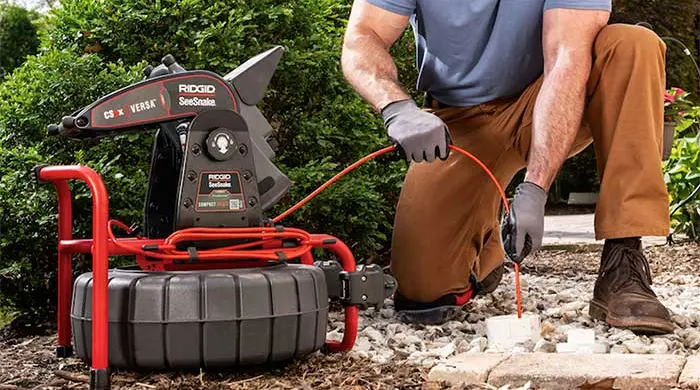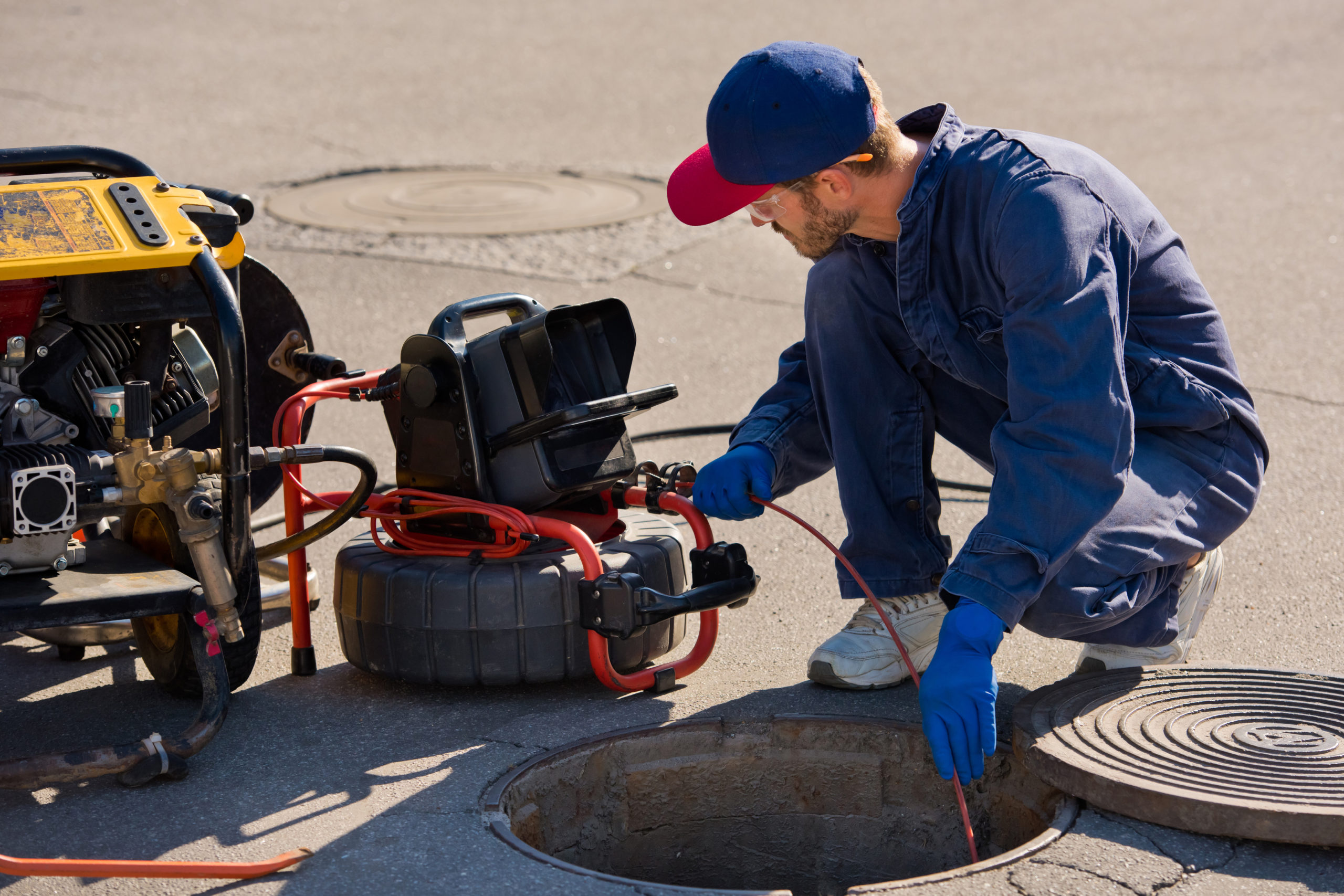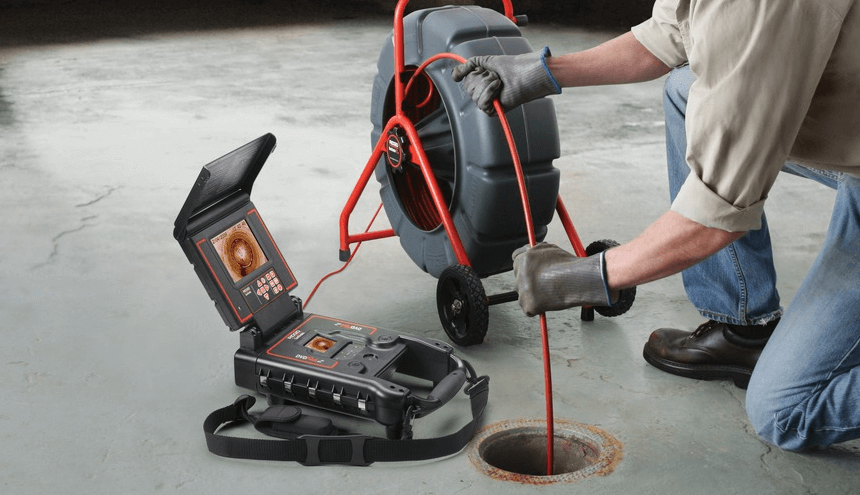Recognizing the Process of Sewer Line Inspection CT: A Step-by-Step Guide.
Recognizing the Process of Sewer Line Inspection CT: A Step-by-Step Guide.
Blog Article
Typical Drain Line Troubles and Their Solutions: A Home owner's Handbook

Tree Root Breaches
Tree root breaches are a common and considerable concern affecting drain lines. As trees grow, their roots naturally look for sources of water and nutrients. Sewer pipes, particularly older ones made from clay or various other permeable products, give an attractive target. Over time, origins can penetrate tiny cracks or joints in the pipes, resulting in clogs and ultimately causing substantial damage. This breach can result in slow-moving drain, sewage backups, and even full pipeline failing if left unaddressed.
Early detection is critical in minimizing the effect of tree origin breaches. Regular evaluations using camera technology can determine root existence before it becomes an extreme trouble. As soon as discovered, there are several techniques to address the concern. Mechanical augers or rooter services can puncture the roots, offering a temporary fix. For an extra irreversible option, chemical root killers can be applied to hinder more growth within the pipes. In extreme cases, pipe relining or substitute might be needed to recover the integrity of the sewage system line.
Executing safety nets, such as growing trees far from sewage system lines and utilizing root barriers, can reduce the threat of future invasions, thus guarding the functionality of your sewer system.
Pipe Deterioration
Corrosion in sewer pipelines is a widespread concern that can seriously jeopardize the stability and functionality of a sewer system. Usually occurring in metal pipes, such as cast iron or galvanized steel, deterioration arise from prolonged direct exposure to dampness, chemicals, and other harsh agents located in wastewater. In time, this process damages the pipe wall surfaces, bring about leakages, breaks, and eventually, pipeline failure.
The key kinds of pipeline deterioration include consistent deterioration, where the entire surface of the pipeline wears away uniformly, and local corrosion, such as matching or gap corrosion, which impact particular locations of the pipeline. Determining the very early signs of corrosion, such as discolored water or uncommon odors, is essential for prompt treatment.
Using safety finishes, utilizing corrosion-resistant materials like PVC or polyethylene, and setting up cathodic protection systems can significantly expand the life expectancy of sewage system pipes. Inevitably, proactive monitoring and prompt repair work are crucial to alleviate the destructive results of pipeline rust on drain systems.
Obstructions and clogs
Obstructions and obstructions are among one of the most common and disruptive concerns impacting sewer lines. These blockages can develop from a variety of sources, including the accumulation of particles such as oil, hair, and food bits, as well as the breach of tree roots seeking moisture. Over time, these materials accumulate, narrowing the pipe and at some point leading to finish obstructions that can trigger wastewater to support into homes.
Preventive steps are essential for minimizing the threat of blockages. Normal maintenance, such as routine hydro-jetting and the usage of enzyme-based cleaners, can help keep pipelines free from debris. Homeowners should additionally bear in mind what they dispose of down their drains; avoiding grease, coffee grounds, and coarse vegetables can significantly minimize the possibility of clogs.
When blockages do take place, specialist treatment is usually needed. Plumbing technicians might utilize a variety of tools, such as augers (also called drain snakes) and high-pressure water jets, to break up and eliminate the obstruction. In more severe situations, video clip examination devices can be utilized to find and diagnose the issue, making certain that the ideal solution is applied effectively. Normal evaluations and timely treatments can aid maintain the integrity and functionality of sewage system lines.
Leaking Sewer Lines
Beyond clogs and clogs, leaking drain lines offer a considerable issue for home owners and districts alike. These leaks can result from different aspects, consisting of pipe deterioration, shifting dirt, intrusive tree origins, and put on and tear over time. Left unaddressed, dripping sewage system lines can trigger extensive building damages, promote mold and mildew growth, and posture serious health and wellness risks as a result of the contamination of groundwater and soil.

Repair methods depend on the severity of the leak and the condition of the drain line. Minor leakages may be fixed with trenchless repair strategies, such as pipe cellular lining or pipeline bursting, which are less intrusive and quicker to finish. In more serious situations, standard excavation and substitute of the impacted pipeline section might be needed. Consulting with a qualified plumbing technician ensures an accurate medical diagnosis and appropriate service to minimize the problem successfully.
Sewer Line Bellies
When it comes to sewage system line problems, one specifically look here difficult trouble is the formation of sewage system line stubborn bellies. A sewage system Visit Website line belly occurs when an area of the pipe sags or dips, developing a reduced place where waste and debris can gather. This can cause slow down water drainage, persisting obstructions, and prospective damage to the pipeline gradually.
The sources of sewer line bellies are varied. Poor installment methods, soil disintegration, ground settling, or shifts due to temperature level adjustments can all add to the formation of these droops - sewer line inspection ct. Identifying a sewage system line belly commonly needs a specialist assessment making use of a sewer camera to pinpoint the precise area and degree of the problem
Attending to read a sewage system line belly often entails excavation to reach the afflicted pipeline section. Once accessed, the sagging part might need to be replaced or repositioned to make certain correct incline and drainage. In some cases, trenchless repair approaches, such as pipe cellular lining or pipe bursting, can be utilized to minimize disruption while dealing with the problem.
Preventative steps, including normal examinations and guaranteeing proper installation, can help minimize the threat of drain line stubborn bellies. Home owners need to continue to be alert for indicators of water drainage issues and seek expert support at the first indicator of difficulty.
Conclusion
Finally, resolving typical drain line troubles such as tree root breaches, pipe corrosion, obstructions, leaking drain lines, and sewer line bellies is crucial for preserving a practical and effective system. Early discovery through video examinations and the application of both temporary and irreversible remedies can alleviate these issues successfully. Normal upkeep methods, consisting of hydro-jetting and calculated tree positioning, more add to the prevention of these issues, consequently guaranteeing the long-term integrity of drain systems.
Corrosion in drain pipelines is a widespread problem that can badly jeopardize the stability and performance of a drain system.When it comes to sewer line issues, one particularly challenging issue is the development of sewage system line bellies. A sewage system line tummy happens when a section of the pipe droops or dips, developing a reduced place where waste and particles can gather. Identifying a sewer line tummy generally calls for a specialist examination making use of a drain electronic camera to determine the specific place and degree of the trouble.

Report this page